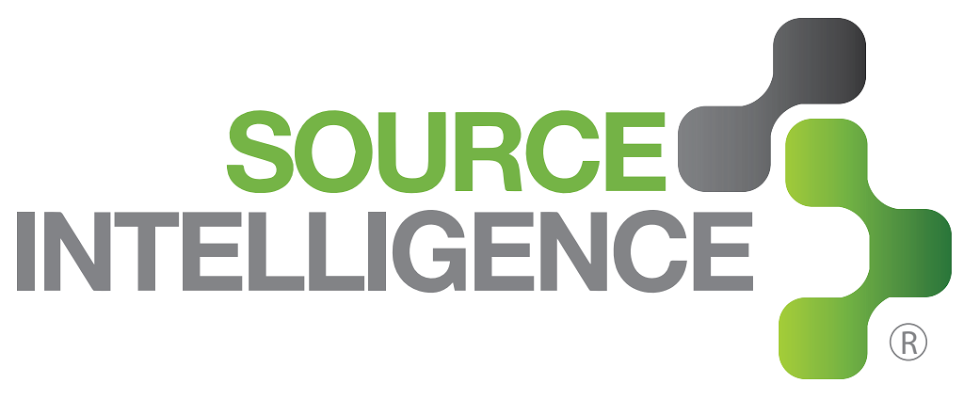Are These 8 Smelters of High Concern Present in Your Supply Chain?
Companies that determine smelters of high concern exist or may exist in their supply chain can take action and still stay Dodd-Frank 1502 compliant by following these risk mitigation guidelines:

Are these 8 smelters of high concern present in your supply chain?
Over the past three years, many companies have taken a proactive approach to mitigating the risks of unethical sourcing practices in their supply chains, like sourcing minerals from war-torn areas of the Congo (conflict minerals). However, many of these supply chain sourcing approaches that were effective in the past may not produce the same results; and, outdated supply chain data sharing practices may actually hinder ethical sourcing progress.
In a recent study conducted by Source Intelligence, it was found that over 87% of vendor data contained errors or incomplete information, which ultimately slows down the transfer of information and reduces supply chain communication efficacy without additional supply chain controls.
As the reporting deadline for conflict minerals is fast approaching, a data accuracy topic that is increasingly top of mind for executives managing conflict minerals programs is smelter verification.
The intention of verifying smelters is to identify smelters of high concern. Smelters of high concern, as defined by Source Intelligence, embodies criteria such as, but not limited to, geolocation, reputation, supply chain footprint, and history of human rights violations.
Companies that determine smelters of high concern exist or may exist in their supply chain can take action and still stay Dodd-Frank 1502 compliant by following these risk mitigation guidelines:
Click here to see the smelters of high concern and how to create a corrective action plan.

